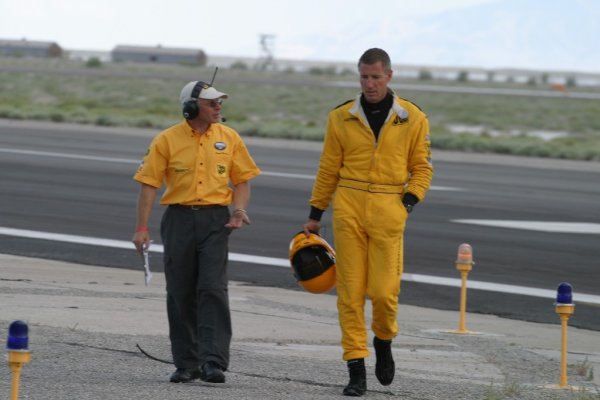Sorry, it was a facetious comment just noting that the plane could do over 1000mph whereas the car can't, at least on the flat as pointed out by BTB500. Although even if it fell of a very tall cliff it would probably only get to close to its top speed on the flat (I haven't done the sums but I'd guess at about 250mph).Really no idea! We were only really interested in lap times, but somewhere between a dragster and a XJ220. 700bhp in 900kgs, delivered in a silky smooth manner
Miles away from the original thread question, so I'll butt out now

